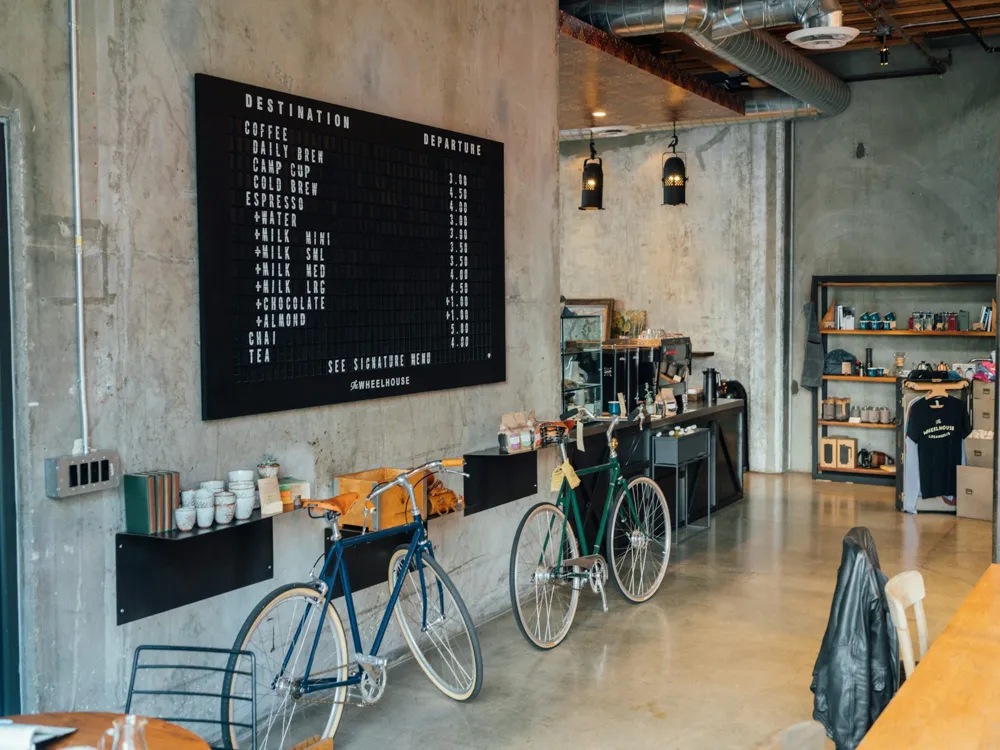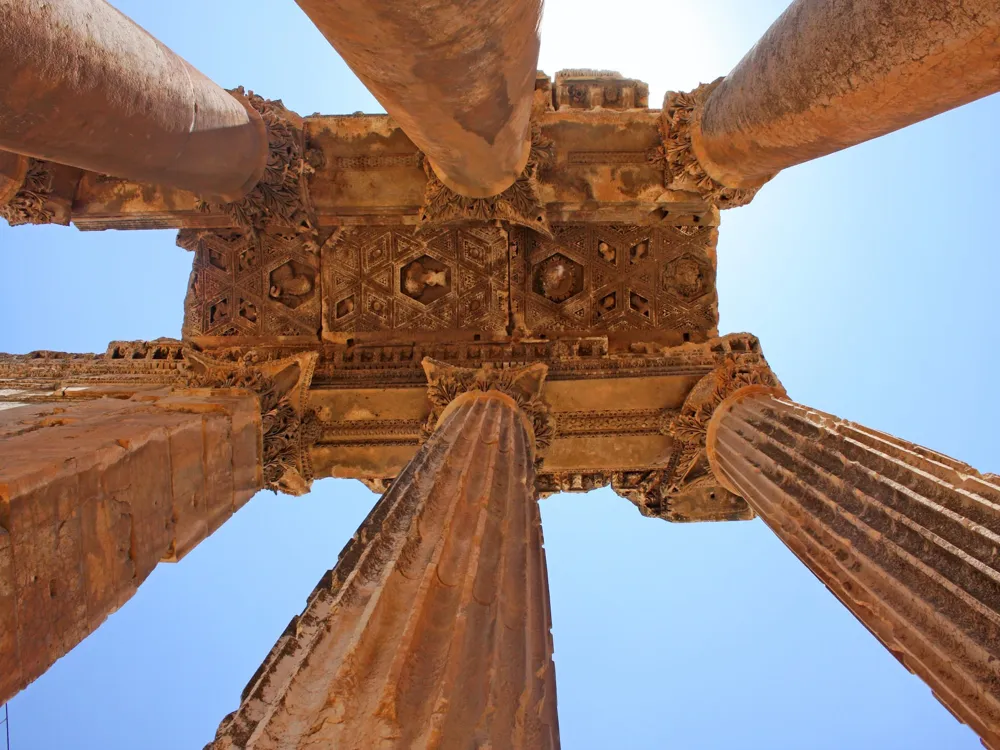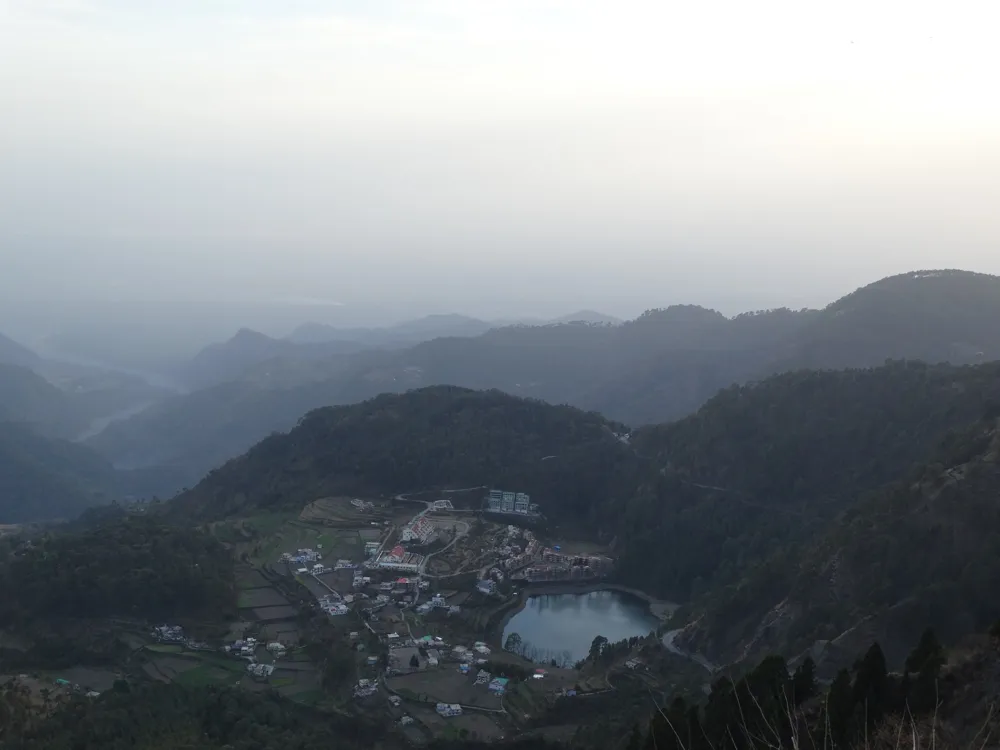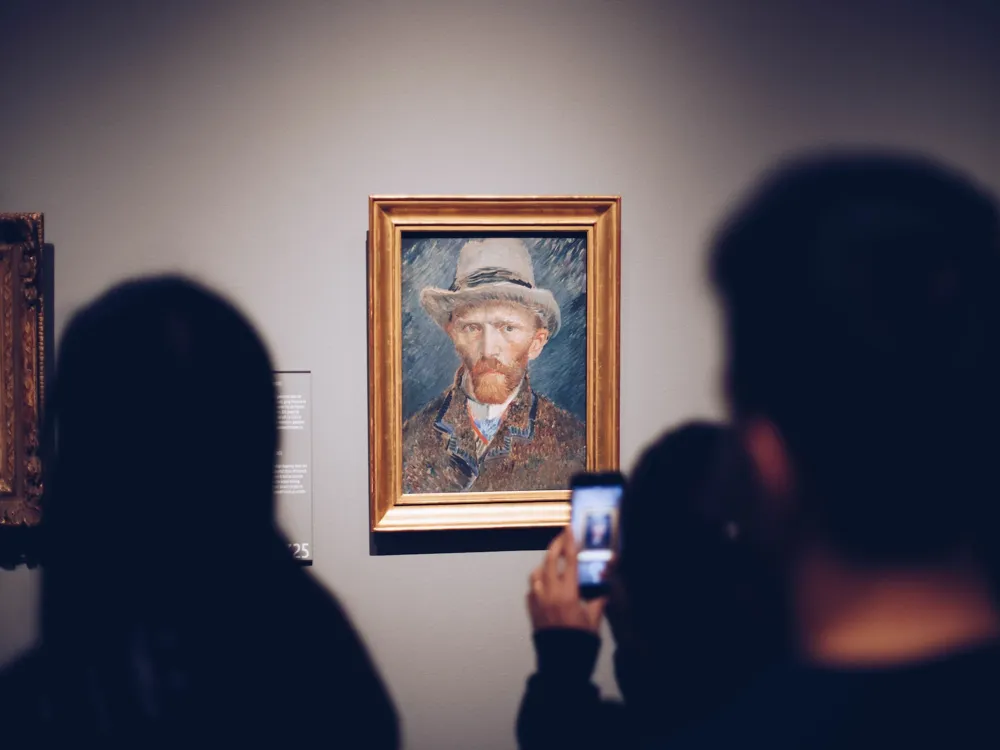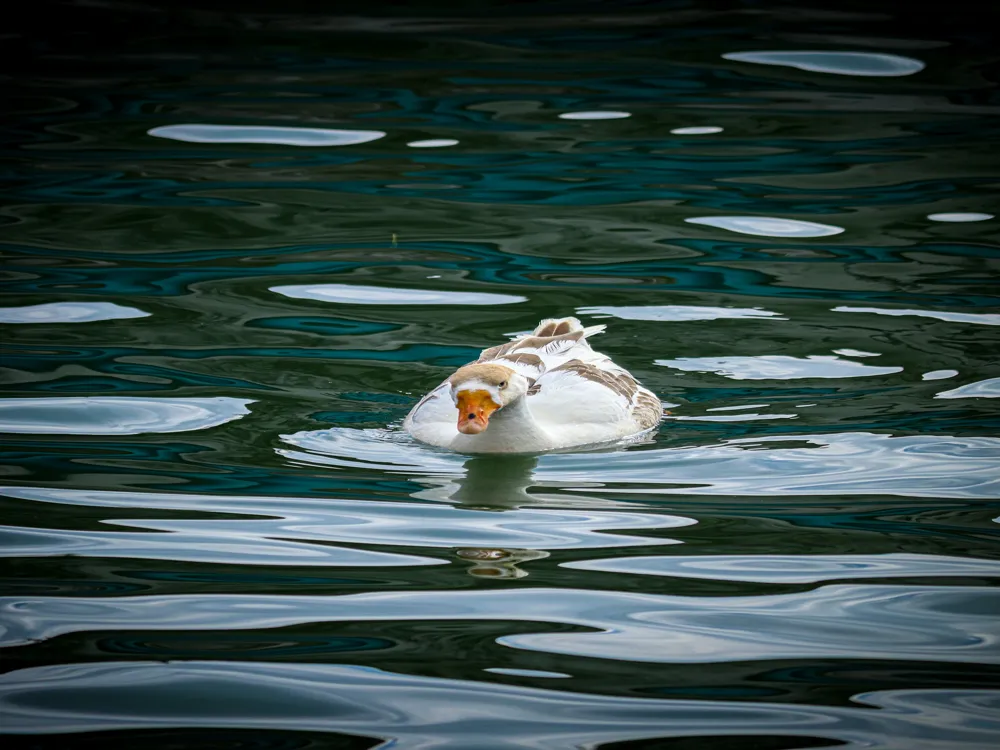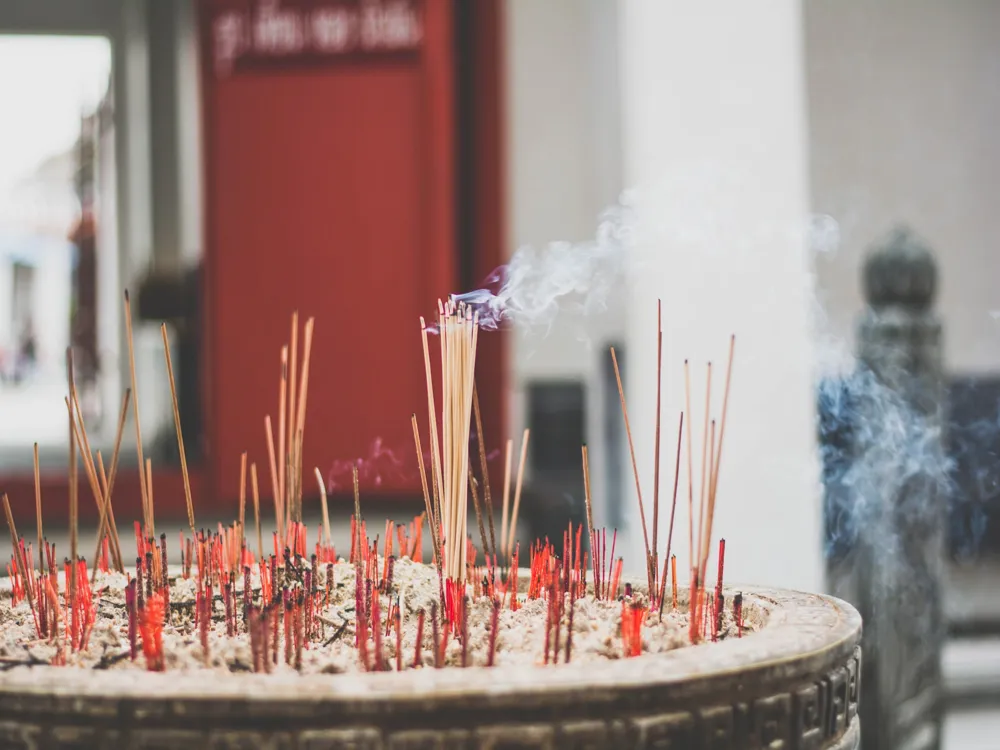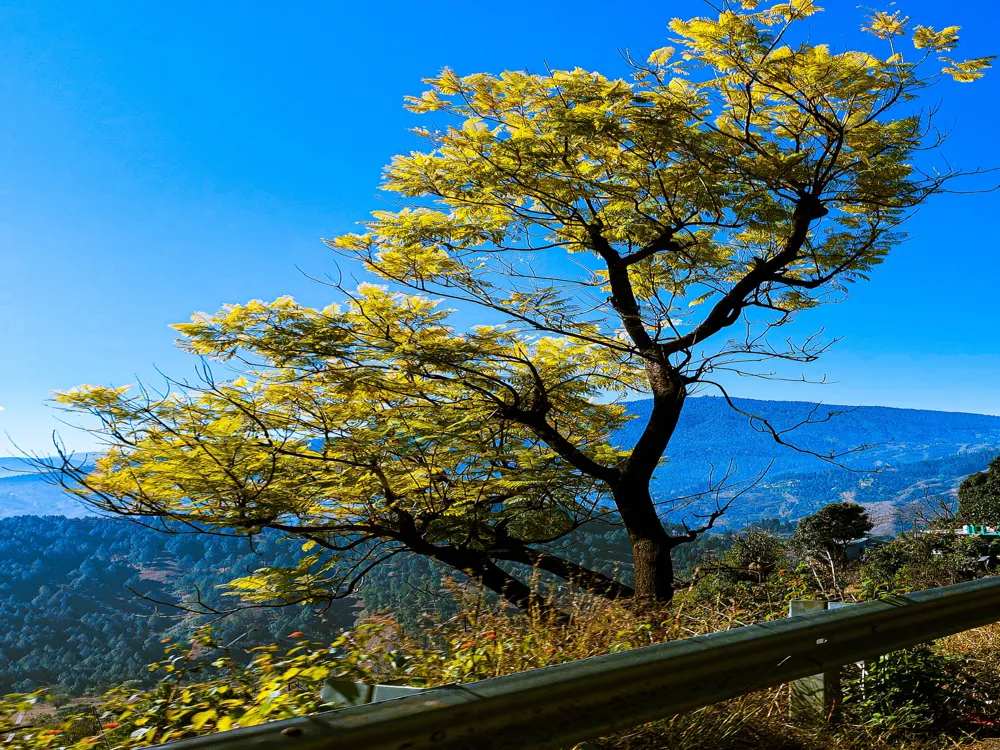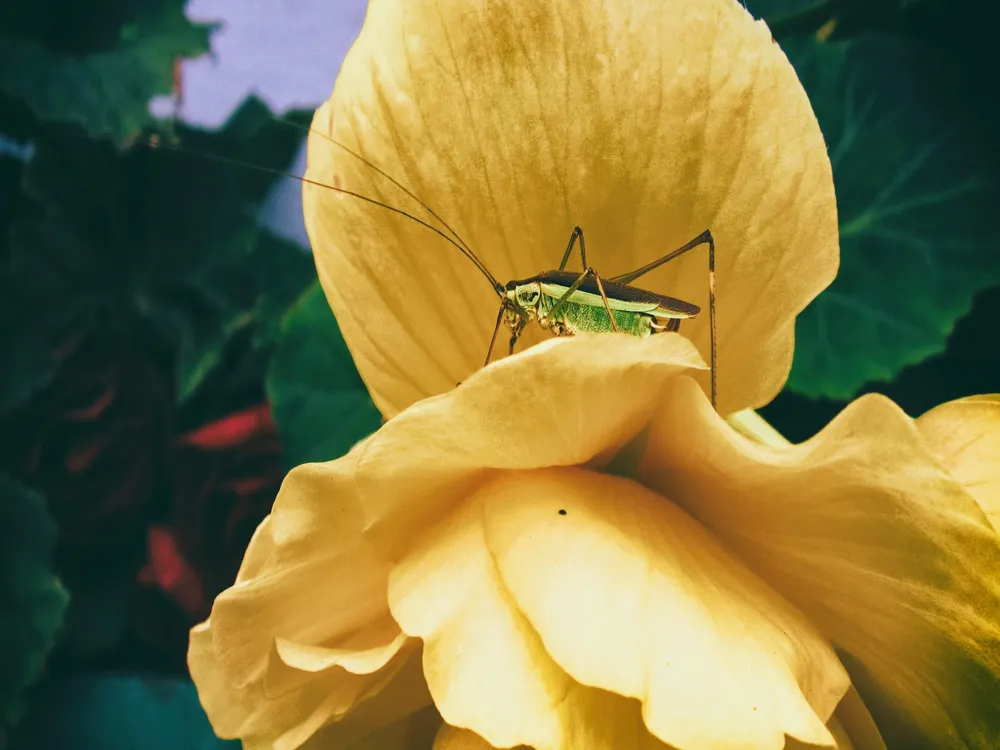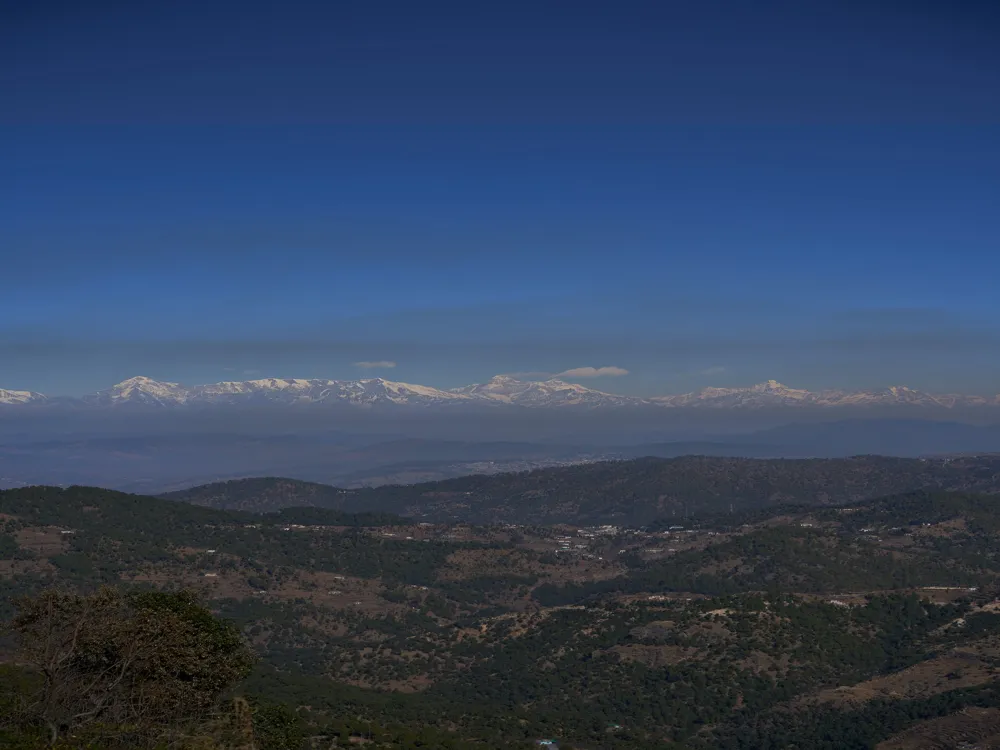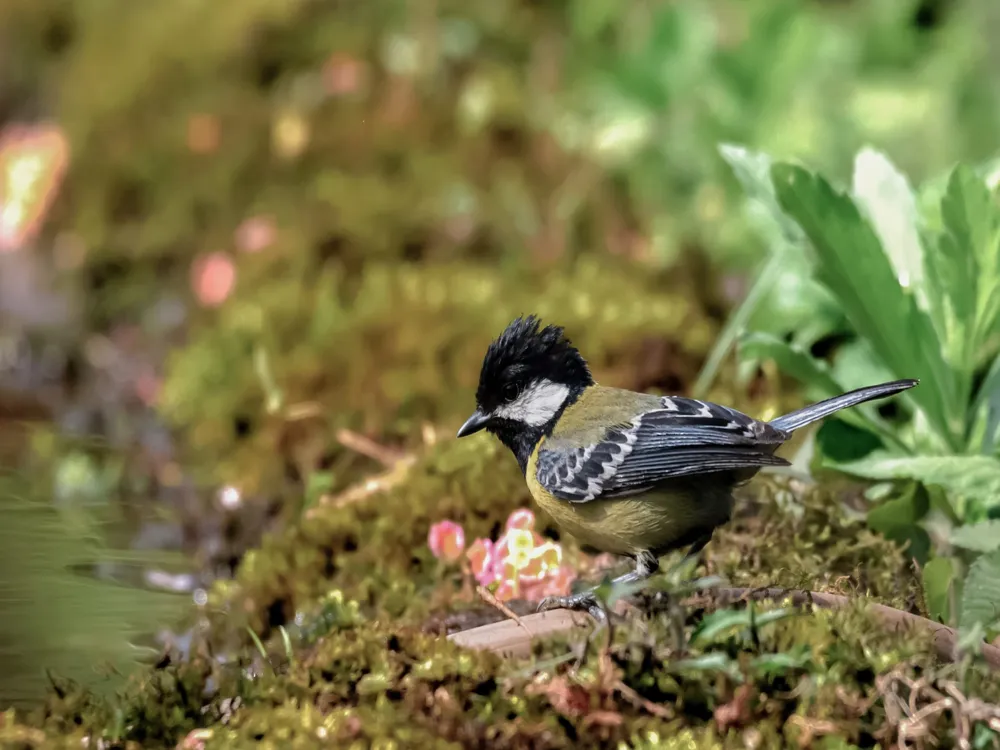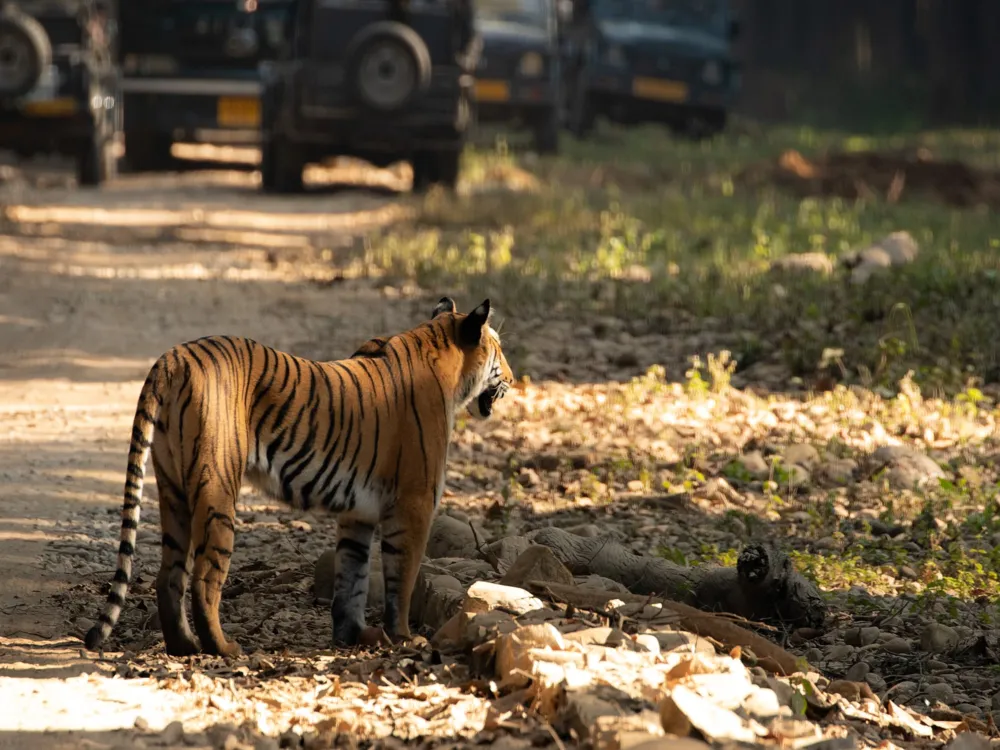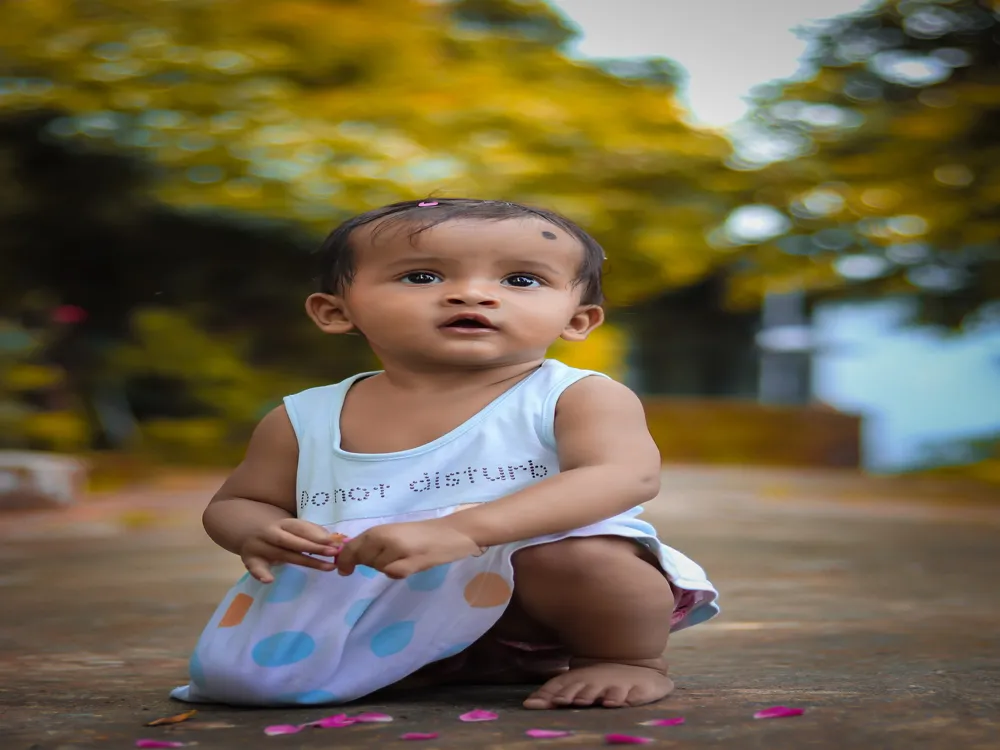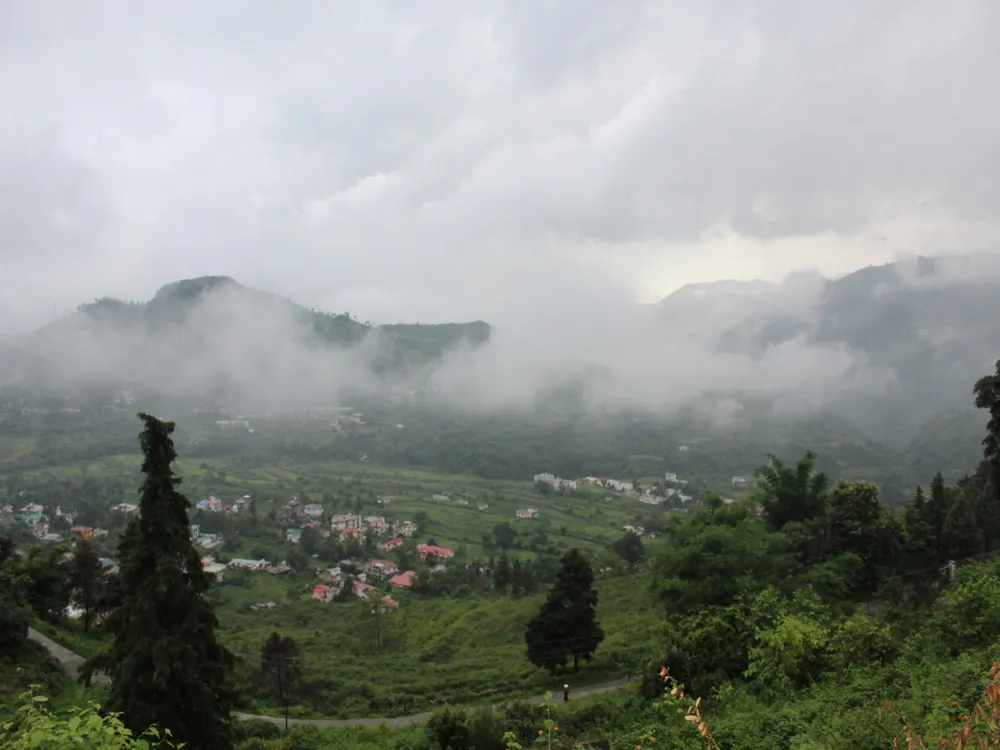Nestled in the serene and picturesque town of Bhimtal in Uttarakhand, the Folk Culture Museum, also known as Lok Sanskriti Sangrahalaya, stands as a testament to the rich cultural heritage and traditions of the Kumaon region. Founded by Dr. Yashodhar Mathpal in 1983, this museum is not only a treasure trove of artifacts but also a reflection of the deep-rooted folklore and traditions that have been passed down through generations.
The museum showcases a diverse collection of folk art, ranging from ritualistic paintings, traditional garments, to ancient manuscripts and household utensils. Each artifact in the museum tells a story, offering insights into the lives and beliefs of the Kumaoni people. The collection includes Aipan, a unique ritualistic floor painting, Thangkas, and an extensive range of murals that depict the daily life and mythological narratives of the Himalayan region.
Dr. Mathpal, an eminent folklorist and artist himself, has meticulously preserved and documented these elements, ensuring that the essence of Kumaoni culture is kept alive for future generations. The museum is more than just a display of artifacts; it's an immersive experience that allows visitors to delve into the soul of the Himalayas, understanding the customs, music, and folklore that define this enchanting region.
[Additional 1200 words detailing various exhibits, their significance, and stories behind them, including interviews with Dr. Mathpal and insights into his work in preserving the culture.]
The architecture of the Folk Culture Museum is a fascinating blend of traditional Kumaoni design with modern architectural elements. The building itself is a piece of art, resonating with the cultural ethos that it aims to preserve and showcase. The use of locally sourced materials, such as wood and stone, not only adds to the aesthetic appeal but also reflects the sustainable practices inherent in Kumaoni culture.
Upon entering the museum, visitors are greeted with intricately carved wooden doors and windows, showcasing the craftsmanship of local artisans. The interior of the museum is a harmonious blend of spacious galleries, each flowing seamlessly into the next, ensuring an immersive and uninterrupted experience. The use of natural lighting enhances the display of artifacts, casting shadows that add a mystical ambiance to the exhibits.
The museum's design also incorporates elements of traditional Kumaoni houses, known as 'Aipan', characterized by their distinctive geometric patterns. These patterns are not merely decorative but hold cultural and religious significance, believed to bring good fortune and ward off evil spirits.
[Additional 1200 words describing the design principles, influence of local architecture, and how the museum's structure contributes to the overall experience of understanding Kumaoni culture.]
Check museum timings and plan your visit accordingly. It's advisable to allocate at least 2-3 hours to fully appreciate the museum's offerings. Consider opting for a guided tour. The insights provided by knowledgeable guides can greatly enhance your understanding of the exhibits. Photography might be restricted in certain areas. Always ask for permission before taking photographs. Many artifacts are delicate and ancient. Ensure that you follow the museum rules and do not touch the exhibits. Engage with the locals to hear their stories and perspectives on the culture depicted in the museum.
The Folk Culture Museum is easily accessible by various modes of transportation. Bhimtal is well-connected by road to major cities like Delhi and Dehradun. Visitors can opt for buses or taxis from these cities to reach Bhimtal. The nearest railway station is Kathgodam, about 30 km from Bhimtal. From Kathgodam, one can hire a taxi or take a bus to reach the museum. For those preferring air travel, the nearest airport is Pantnagar, about 60 km from Bhimtal. Taxis are readily available from the airport.
Overview of the Folk Culture Museum of Bhimtal, Uttarakhand
Architecture of the Folk Culture Museum
Tips When Visiting Folk Culture Museum
Plan Your Visit
Guided Tours
Photography
Respect the Artifacts
Local Interaction
How To Reach Folk Culture Museum
Folk Culture Museum
Bhimtal
Uttarakhand
NaN onwards
View bhimtal Packages
Also Refered As:
Butterfly Museum
Bhimtal Travel Packages
View All Packages For Bhimtal
Top Hotel Collections for Bhimtal

Private Pool

Luxury Hotels

5-Star Hotels

Pet Friendly
Top Hotels Near Bhimtal
Other Top Ranking Places In Bhimtal
View All Places To Visit In bhimtal
View bhimtal Packages
Also Refered As:
Butterfly Museum
Bhimtal Travel Packages
View All Packages For Bhimtal
Top Hotel Collections for Bhimtal

Private Pool

Luxury Hotels

5-Star Hotels

Pet Friendly







